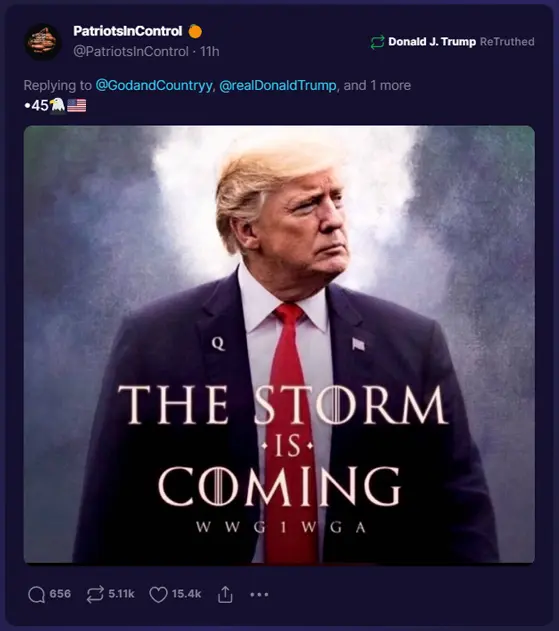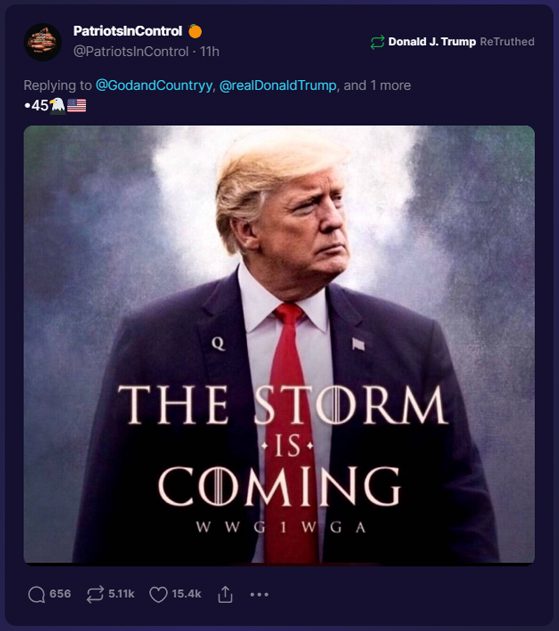Machiavellianism originates from Machiavelli’s most famous work, “The Prince,” written in 1513. It was a guidebook for new princes and rulers in maintaining power and control. Machiavelli’s central thesis was the separation of politics from ethics and morality. He argued that to maintain power, a ruler might have to engage in amoral or unethical actions for the state’s benefit. His stark realism and advocacy for political pragmatism were groundbreaking at the time.
Machiavelli’s work was revolutionary, providing a secular, pragmatic approach to governance, in contrast to the prevailing moralistic views of the era. His ideas were so radical that “Machiavellian” became synonymous with cunning, scheming, and unscrupulous behavior in politics. This term, however, is a simplification and somewhat misrepresents Machiavelli’s nuanced arguments about power and statecraft.
Throughout history, Machiavellianism has been interpreted in various ways. During the Enlightenment, philosophers like Rousseau criticized Machiavelli for promoting tyranny and despotism. However, in the 20th century, Machiavelli’s ideas were re-evaluated by political scientists who saw value in his separation of politics from morality, highlighting the complexity and real-world challenges of governance.
Machiavellianism in psychology
In psychology, Machiavellianism is defined as a personality trait characterized by a duplicitous interpersonal style, a cynical disregard for morality, and a focus on self-interest and personal gain. This concept was popularized in the 1970s by Richard Christie and Florence L. Geis, who developed the Mach-IV test, a questionnaire that identifies Machiavellian tendencies in individuals. People high in Machiavellian traits tend to be manipulative, deceitful, predatory, and exploitative in their relationships and interactions.
Machiavellianism in American politics
In American politics, Machiavellianism can be observed in various strategies and behaviors of politicians and political groups. Here are some ways to identify Machiavellian tendencies:
- Exploitation and Manipulation: Politicians exhibiting Machiavellian traits often manipulate public opinion, exploit legal loopholes, or use deceptive tactics to achieve their goals. This might include manipulating media narratives, twisting facts, disseminating disinformation, and/or exploiting populist sentiments.
- Realpolitik and Pragmatism: Machiavellianism in politics can also be seen in a focus on realpolitik – a theory that prioritizes practical and pragmatic approaches over moral or ideological considerations. Politicians might adopt policies that are more about maintaining power or achieving pragmatic goals than about adhering to ethical standards.
- Power Play and Control: Machiavellian politicians are often characterized by their relentless pursuit of power. They may engage in power plays, such as political patronage, gerrymandering, and/or consolidating power through legislative maneuvers, often at the expense of democratic norms.
- Moral Flexibility: A key aspect of Machiavellianism is moral flexibility – the ability to adjust one’s moral compass based on circumstances. In politics, this might manifest in policy flip-flops or aligning with ideologically diverse groups when it benefits one’s own interests.
- Charismatic Leadership: Machiavelli emphasized the importance of a ruler’s charisma and public image. Modern politicians might cultivate a charismatic persona to gain public support, sometimes using this charm to mask more manipulative or self-serving agendas.
Machiavellianism, stemming from the teachings of Niccolò Machiavelli, has evolved over centuries, influencing both political theory and psychology. In contemporary American politics, identifying Machiavellian traits involves looking at actions and policies through the lens of power dynamics, manipulation, moral flexibility, and a pragmatic approach to governance.
While Machiavellian strategies can be effective in achieving political goals, they often raise ethical questions about the nature of power and governance in a democratic society.







































